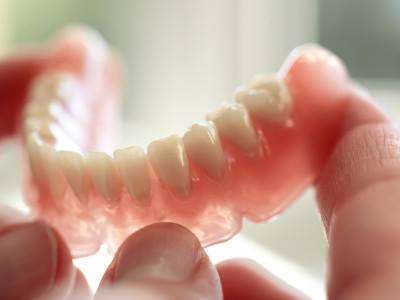Here you find out how to get denture adhesive out of your mouth There are various types of denture adhesives to be had on the market pastes, powders, and adhesive pads. No matter the kind of adhesive, the precept is the identical. Denture adhesive is positioned inner of your dentures to help create a seal and comfortable them in area.
How to get denture adhesive out of your mouth?
Denture adhesive frequently stays caught on your gums or roof of your mouth. It could experience uneasy, even after you have taken out your dentures. knowing how to get rid of denture adhesive after each use is necessary to make the most of your denture sporting experience.
How do denture adhesives work?
Denture adhesives help to stabilize the dentures onto the gums. They work by gluing the denture to the tissue through the saliva. Your mouth’s natural moisture transforms the adhesive into an elastic-like membrane. It creates a tender, bendy layer between your denture and gums that sticks to both the denture and gum.
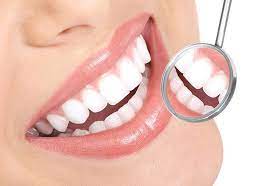
Denture adhesives are amazing for a comfortable in shape and a sturdy preserve and seal. They assist someone to feel more comfortable after they devour or communicate.
How to do away with denture adhesive?
Often denture adhesive does not certainly turn out to be loose, making it difficult to put off your dentures. from time to time, even after you have taken your dentures out, adhesive residue stays in your mouth. This could leave you with a sticky and uneasy feeling.
Here’s how you could get rid of dental adhesive from your gums and ease up any adhesive last in your mouth:
Use water to loosen the adhesive
You may loosen denture adhesives with water or moisture. Gargle with warm salt water for 30 seconds to at least one minute. After 30 seconds or 1 minute, spit it out into the sink. Then rinse and repeat the manner multiple instances, until maximum of the adhesive is washed faraway from your dentures and gums.
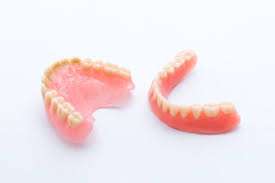
Slowly take away denture
Start by taking away the decreased denture. start with the aid of gripping the center part among your thumb and center finger. lightly loosen the denture with a mild back and forth movement.
The lowest dentures must come out without problems. whilst you sense the denture begin to come out, lightly pull up and out. Your pinnacle dentures can be barely greater hard to get rid of. Repeat the same gentle rocking motion with your upper denture until you sense the denture begin to pop out.
Do away with adhesive residue from denture
Rinse and clean your dentures of denture residue with warm water. Also, brush them easily with a tender-bristled toothbrush before soaking them in a denture cleansing solution.
Ease your gums and mouth
If any adhesive remains for your gums after your doing away with dentures, you could easily put off this the usage of a couple of strategies.
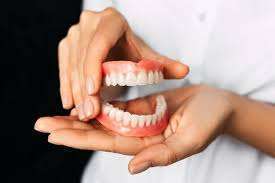
Warm saline water:
Mix 1/2 of a teaspoon of salt in a cup of water till it is absolutely dissolved. Just gargle some heated salt water, then rinse your mouth with the solution to loosen the denture adhesive. Repeat the technique more than one time. Gargle for a minute to scrub away any final residue. it’s going to assist you to dispose of the sticky feeling on your gums.
Soft toothbrush:
If the adhesive nonetheless gained it out, lightly brush with a smooth-bristled toothbrush with a small pea-sized quantity of toothpaste and warm water. gently brush your gums without applying an excessive amount of stress with toothbrushes as it would irritate and damage your gums.
Mouthwash:
You could attempt gargling with mouthwash instead of water. The usage of mouthwash not simply freshens your breath and improves your oral fitness, but also loosens the adhesive residue and rinses it away.
Rub down your gums:
Apart from swishing your mouth with warm water and brushing them, you may also massage your gums. actually use the top of your thumb to massage the roof of your mouth and other gum surfaces that keep the dentures in vicinity. it’s going to eliminate any leftover fixative on them.
Use firm and circular movement as it allows the adhesive from the gums. you could massage your gums once more to make certain your gums are completely adhesive loose.
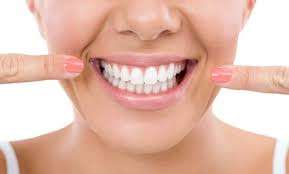
Massaging your gums also increases blood flow and keeps your gums healthy. You need to be cautious now not to harm your gums together with your fingernails. if you have long nails, it’s better to use an extraordinary approach.
After the denture has been eliminated, swirl warm faucet water on your mouth, or three more instances to thoroughly get rid of the adhesive residue. It’s really useful to observe these steps often to keep clean and healthy gums.
In case you are unsure about how much adhesive to apply or unable to take away a denture, contact your dental health expert for expert advice. keep in mind to usually follow the instructions at the % or speak to a dentist.
Why do you have to remove Denture Adhesive?
To preserve appropriate oral hygiene, dentures ought to be eliminated from the mouth at least six to eight hours in 24 hours. It will assist you to clean them even as it allows your gum tissue to relax.
You have to make sure to absolutely remove the adhesive out of your dentures and gums at night. For the most powerful denture adhesive to create a water-tight seal, do not practice new adhesive before completely removing any vintage denture adhesive.
What takes place in case you use an excessive amount of denture adhesive?
Denture adhesives contain zinc and overuse of zinc-containing adhesives can raise zinc ranges on your body. huge quantities of zinc can lead to neurological issues including numbness or issues with stability and taking walks. Use denture adhesive handiest as directed by the manufacturer or with the aid of your dentist.
You should ensure to properly clean and shop for your dentures. It will help to make certain they close for years to come.
Continually use the recommended quantity of denture adhesive and follow the commands as directed with the aid of your dentist. Also, do not observe adhesive extra than once per day. Understand that denture adhesive is not to be used alternatively for poorly becoming dentures.
Read more:

